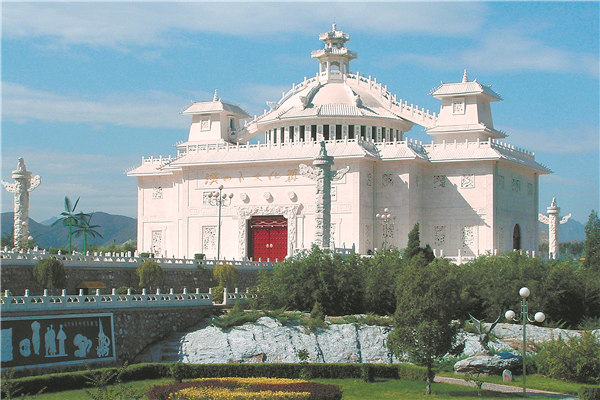

Sculptor molds the fragile beauty of white marble to transform it into masterpieces, Yang Feiyue reports.
Walking along the imperial road behind the Hall of Preserving Harmony in the Forbidden City, one will come across a massive rectangular stone — flanked by steps — on which nine soaring dragons amid mountains and waves are vividly carved.
The stone has been lying around for more than six centuries in the historical site in downtown Beijing and has witnessed the comings and goings of generations of imperial families.
Behind its royal grandeur lies a profound history of stone carving in Dashiwo town, 90 kilometers away in the city's southwestern Fangshan district.
The town abounds in marble resources, including the white marble that has been widely used in royal palaces, gardens and mausoleums for its bright, elegant appearance and smooth texture, as well as for its durability and symbolism of wealth and power.
"A considerable number of historical buildings were built with white marble from here," says Liu Peng, an inheritor who has been practicing the art of white marble carving, a Beijing intangible cultural heritage, in the town, for over two decades.
In August, Liu, who just turned 60, was added to the list of national outstanding individuals in intangible cultural heritage protection by the Ministry of Culture and Tourism. It has given him more incentive to carry on his cause of finishing a couple of textbooks on white marble history, culture and craftsmanship.
"The information used to be so fragmented at the beginning, but now everything seems to be falling into place and I've got to put down the details and piece those bits of theories and experiences together for the craft to pass down," Liu says.